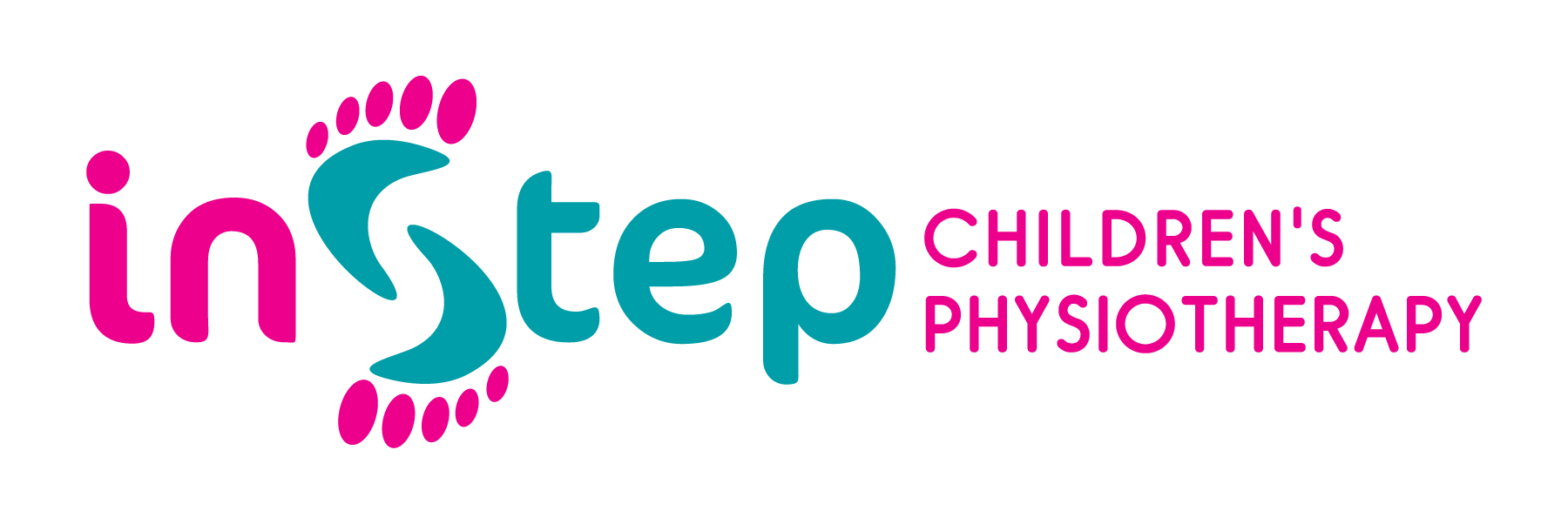
*Please note I will be referring to The Safe to Sleep® throughout this blog, this is the updated term for “Back to Sleep”. The Safe to Sleep® programme provides further recommendations to prevent SIDS and safe sleeping practice*
Paediatric physiotherapists strongly encourage babies to be placed on their tummy for play to help their development. There is no doubt that The Safe to Sleep® has been extremely effective in reducing the number of cot death, as parents have become aware of the importance of placing baby on their back to sleep, but Peta Smith, vice chair of the Association of Paediatric Chartered Physiotherapists (APCP), said that they had noticed fewer babies were getting protected “tummy time”. She said this had resulted in a delay in these babies reaching important developmental milestones such as crawling and walking. Unfortunately there also seems to be an associated increase in head flattening (plagiocephaly) since fewer babies are spending time on their tummies for play.
Through my experience working in the field of paediatrics for over 10 years, I believe The Safe to Sleep® campaign has contributed significantly to the increase in presentation of babies with plagiocephaly, torticollis and general unease/anxiety regarding #TummyTime. Before the huge changes in sleep position (from the early 90’s) babies spent up to 18 hours a day both awake and asleep. However now because of the fear associated with #TummyTime down position there is conscious and subconscious anxiety by the parents, even when baby is awake, which baby picks up on.
Statistics show 19% of parents with children under six months old never put their babies on their tummy to play and only 22% regularly give their babies “tummy time”. ₁ Many parents could be holding back their babies’ growth and development by not placing them on their tummies during waking hours, warn paediatric chartered physiotherapists.
In my previous roles of meeting babies and parents on the post-natal wards, I would recommend babies start #TummyTime from day 1! Which, when I say to parents at a later stage (usually through baby massage or in my physio clinic when parents arrives with concerns around head flattening or head turning preferences) they are usually flabbergasted and often frustrated the benefits and reassurance wasn’t provided at the initial stages.
#TummyTime is vital for babies to learn to be able to move through different postures and is useful in mastering activities such as rolling and crawling. Although babies predominantly placed on their backs eventually catch up in their development skills, paediatric physiotherapists say the first few months of life are an important time for babies to start to become aware of their bodies and begin to learn movement. Babies starting #TummyTime from day 1, have improved self-regulation behaviours. Meaning they are best placed, when tummy down to brings hands to face and hands to mouth. These positions have been shown to be similar to when baby was inside the womb and also provides huge sensory information.
Peta says: ‘By spending time on their tummies babies learn to move from side to side and this helps them learn to reach and crawl. Not only does tummy time help with coordination, balance and postural control, which is the foundation for all movement skills, it increases babies’ confidence and independence helping them to become motivated to explore their surroundings as they learn to control their bodies.’ Recent research from British Elbow and Shoulder Society (BESS) suggest a strong association between not crawling and complex shoulder instability. The importance of #TummyTime clearly can have implications through to adulthood.
The common thread that I hear through my exposure of meeting parents through my role, is the difference between what a baby is able to do and their parents expectations. Babies do not need to be able to instantly lift their head up. The exposure to #TummyTime needs to be repeated, as baby spends more time in that position they will eventually do things such lifting their head and turning. It is absolutely fine for baby to spend time resting on the floor when they fatigue.

I am a firm believer that #TummyTime should not be considered an exercise, it should be a position of play starting from day 1. This requires health care professionals on the front line to educate and empower parents to reduce anxiety and fear regarding being tummy down. It is normal for babies to fuss when tummy down, which is also similar to other positions such as being on their backs or on their side. We must appreciate the very strong and innate desire to have head upright/eyes on the horizon and stimulation when babies are on their back or in supported sitting.
However, it is important to make #TummyTime ‘fun’, using colourful /musical toys to engage them, getting on to the floor with them, talk/sing and bond. This ensures baby knows they have not been left alone. 
The use of baby massage strokes specific to the back, are also useful to achieve the goal of daily #TummyTime. You can find out more about baby massage classes by clicking here. I am huge advocate of starting #TummyTime from day 1, this has to occur alongside education and reassurance to parents. When parents are not empowered with this information and then are suddenly told to place baby’s tummy down (sometimes at aged 3 months!) this no man’s land of staring at carpet is not going to be well received! I want to raise awareness to new parents so that we move towards #TummyTime not being seen as an exercise but a position that is taken on day 1!
If you have concerns with your child’s development, please feel free to get in touch by clicking here .
There is nice visual and informative poster provided by the APCP, which you can see below
tummy time poster apcp
(1) Foundation for the Study of Infant Deaths (FSID)
